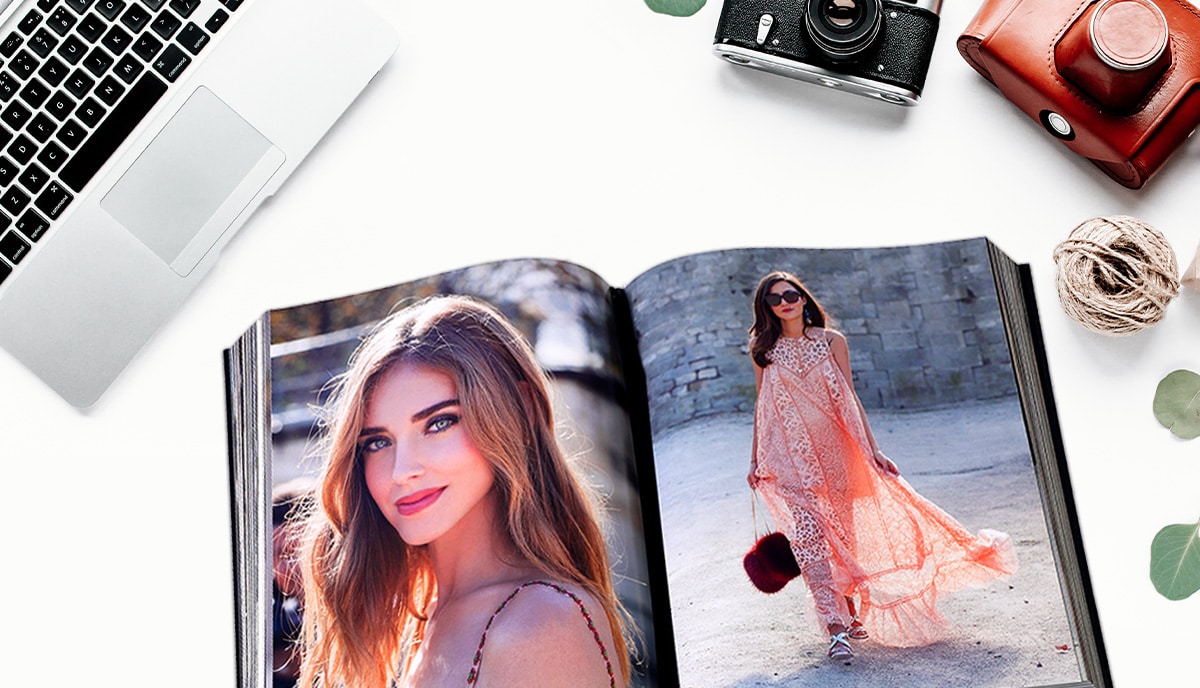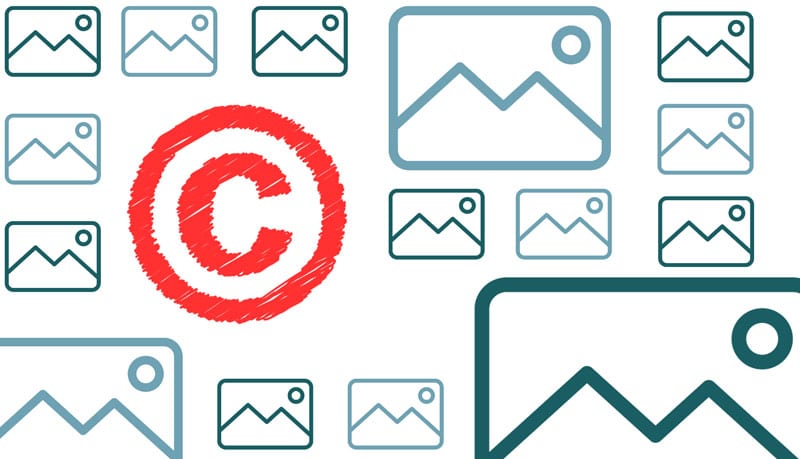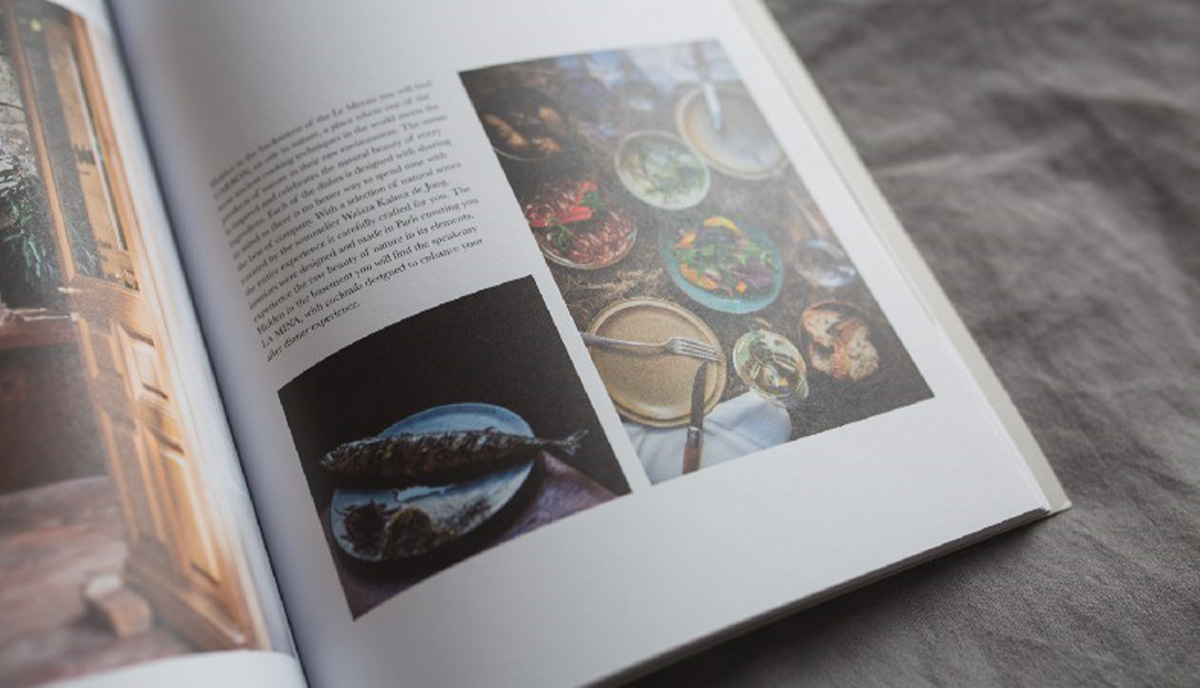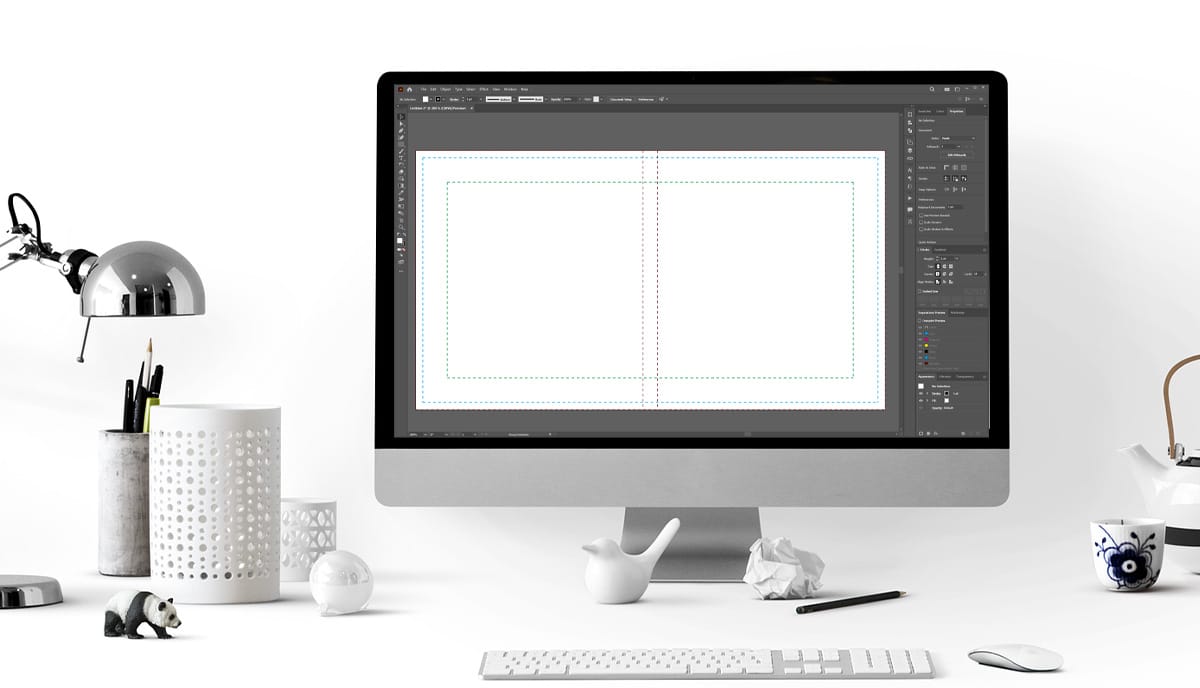Take your printed marketing materials to the next level with your own custom photography

The advantages of custom photography
As much as we love some of the great photography available on stock image sites like Shutterstock, Unsplash, Pixabay, and others, there is something irreplaceable about original, custom photography when it comes to printing anything from a product catalog to a coffee table book, a magazine, or a brochure. There is a quality to purpose-made photographs that you just can't get “off-the-shelf”.
The colors are richer, the light is well-chosen and most importantly, your own photographs are specific and tailored to your needs. With digital photography becoming increasingly popular, it's no surprise that many hobbyists take photos wherever they go. However, if you want to take your photography skills to the next level, you need to begin taking professional photographs. But how do you do that? Read on for some handy tips on taking professional photographs for your print marketing campaigns, or your books, newsletters, reports, and magazines.
Find the light
One of the most important aspects of taking professional photographs is finding the right light. You might not realize just how much light changes the appearance and quality of your photographs. For example, early morning light is cooler and softer than midday light, so the colours will appear different in the same scene. When you're trying to find the right light for a photograph, there are a few things you should keep in mind. First, you need to know what time of day you want to photograph if you're photographing outside. Indoors, you'll need to set up the lighting and experiment with various options until you get the desired result. Second, you need to know what direction the light should be coming from to create the right composition of highlights and shade. And third, you need to know how the light will affect your subject and scene emotionally.
Use a tripod
Using a tripod might seem like a no-brainer, but not many photographers actually use them. If you're serious about taking professional photographs for print, you need to invest in a good tripod. They come in all different shapes and sizes, so you can easily find one that suits your needs. Using a tripod will allow you to take photographs with a longer shutter speed, which is essential when photographing with low light. Using a tripod also gives you more mobility. Rather than having to move your entire body to get the right shot, you can simply tilt, pan and rotate the tripod head. A tripod can be used for almost any type of photography, and they come in handy in many different situations. For example, if you're taking photographs in low light conditions, a tripod is basically a must. You can also use a tripod when photographing landscapes and architecture.
Don't forget composition
Composition is another important aspect of taking professional photographs. It doesn't matter if you have the best camera or the perfect lighting, if you don't know how to compose your photographs, they'll never look professional. There are several aspects of composition that you should keep in mind. First, you need to frame your subject properly. You don't want to be too close or too far away, but you also don't want to cut off your subject. You should also pay attention to the angle and presentation of the subject. You know, to photograph an action shot with a model and a still shot of a product make different demands compositionally. Next, you need to pay attention to the sight lines in the scene or image. Lines can be used to lead the viewer's eye and attention through the photograph. You can use lines in the background, such as a natural landscape, to lead your eye to the subject in the foreground, for example.
Take your time
When you're in a rush, it's easy to miss out on important details that can take your photographs to the next level. This can happen when you're on the job, working against a tight deadline or under other pressures, and you need to take photographs quickly, or when you're trying to take lots of photographs in a limited timeframe. When you're on the job, you need to be able to photograph quickly in order to get the shots you need. We've all seen professional photographers at work. Fortunately, with digital photography, there's no wastage as there used to be with celluloid. So, you can take as many photos as you want, and you can select from them and even touch them up and adjust them later in the photo manipulation software, such as Photoshop or Illustrator. This can be a challenge when you're new to the business and you're not sure how to properly use your camera and the applications. If you have the time and budget, we recommend that you take a short course or at the very least, study a good photography book.
Use manual mode
Most people who take photographs never use manual mode. Instead, they usually rely on the automatic mode on their camera, which is great for taking quick snaps. However, it can also be limiting when you're trying to take photographs in low light or macro photography at a professional level. When you're taking photographs in low light, for example, the camera will try to decrease the shutter speed or open the aperture wider in order to capture enough light. This will in turn increase the amount of time it takes to take the photograph. If you're in the automatic mode, you won't be able to manually change the shutter speed to compensate for the low light situation or to create a particular effect.
The outsourcing option
Taking professional photographs is a great way to up your photography game, but it can be challenging. However, with some patience, careful planning, and a few good tips and tricks, you'll be taking stunning professional photographs in no time. When you're photographing professionally, you need to make sure you're using the right equipment and that you're using it properly. From choosing the right camera to setting up the right lighting, there are many aspects to consider.
The option, if you find that you're just no good at photography or it's not time-efficient or cost-effective for you to do it all yourself, is to outsource your photographic work to a third-party professional. But that can get expensive. Which way you go all depends on your project, your time, and your budget. But we know that the better your photographs can be at the outset, the better we can make the print reproductions. And that's as true for a leaflet or a flyer as it is for an art book, portfolio, or coffee-table book, for example.
Talk to us!
At QinPrinting, we've been working with marketing departments for businesses, non-profits, and independent creatives, authors, and artists for over a quarter of a century now. We have a lot of experience in the field and will be delighted to share our knowledge and expertise with you to help you develop a photo-based print product which is truly effective and displays accurate color reproduction. Every aspect of photography, image manipulation, and printing is important and nothing, however small it seems, should be ignored. Get in touch today to discuss your ideas or ask for a no-obligation quote. We can't wait to work with you.










